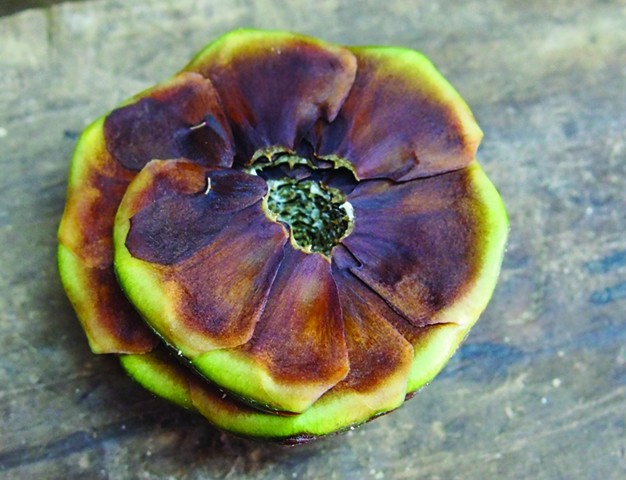Search for kauri resistant to dieback grows with landmark seed collection

The search for kauri resistant to kauri dieback reached new heights this year, with a momentous collection of kauri seed. Seed (encased in cones) was taken from 650 trees, making it the biggest collection that has taken place as part of the Healthy Trees, Healthy Future programme (HTHF).
The coordinated collection involved 14 mana whenua groups working with researchers and BioSense to climb into the canopy and harvest seed from trees across the upper North Island.
Following the protocols established through the HTHF programme, the kauri seed is being raised in Scion’s specially designed kauri polyhouse where strict hygiene precautions ensure it stays free of kauri dieback. At 15 months of age plants are transferred to Manaaki Whenua Landcare Research’s Auckland campus where they are exposed to Phytophthora agathidicida, the kauri dieback pathogen. Researchers monitor the plants closely to see how the disease takes hold and how long they survive after infection. The plants are also analysed to see what chemical reactions are triggered, with researchers hoping to find one that can neutralise the disease.
Screening of plants from seed collected in 2016 and 2017 have begun to show promising results with some families having an 80 per cent survival rate 177 days after repeated exposure. While there is a big difference between understanding what happens in the glasshouse and the forest, these results still provide hope for the future of kauri.
“Through the Healthy Trees, Healthy Future programme mana whenua across kauri land regions have diligently collected seed samples from their rohe. This research forms a vital part of the effort to ensure their vision of healthy kauri seedlings for future generations becomes reality.” - Kevin Prime, HTHF Programme Overview Committee
Tree climbers, BioSense, use specialist gear to climb into the tree canopy to harvest cones. It is vital that the cones are collected while still on the tree so collectors can record which tree they came from, and can go back to gather more if the specimen shows promise.
In 2019, seed was harvested from 650 trees. The 2019 collection included mana whenua groups Omahuta, Ngamanawa Inc, Te Roroa, Te Rarawa, Patuharakeke, Tau Iho I Te Po, Te Rawhiti, Ngāti Huarere Ki Whangapoua, Te Uri o Hikihiki, Ngāti Hine, Ngāti Rehia, Te Uri O Hau, Kawerau ā Maki and others.
This incredible effort will form a legacy of the soon-to-be concluded Healthy Trees, Healthy Future programme. Stored seeds will go on to establish a foundational resource for future research, screening and propagation programmes or be stored in a seed bank for mana whenua to use in research or restoration.
